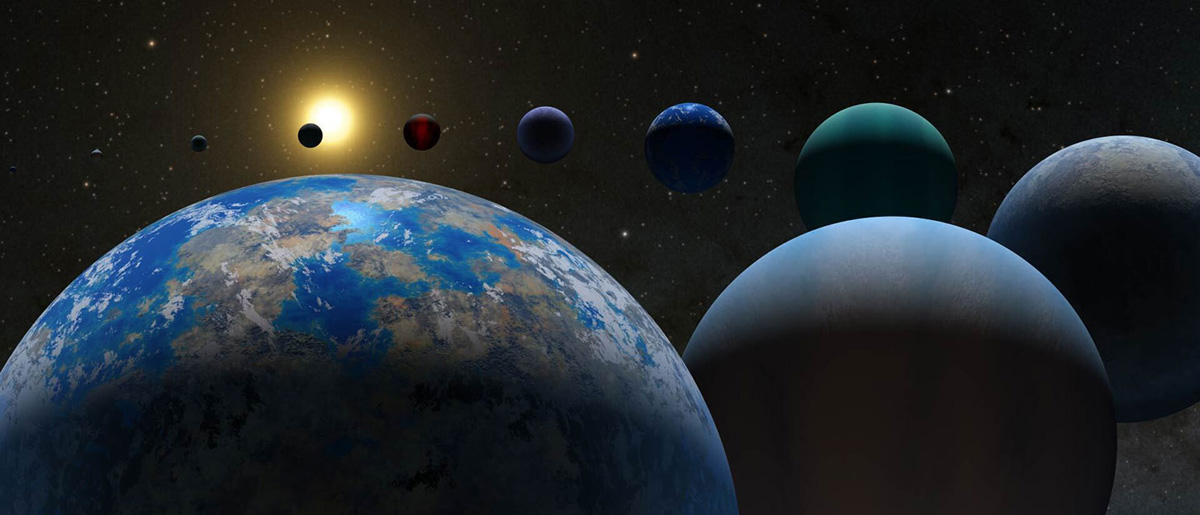

While IPAC marks the 40th anniversary of its establishment on the Caltech campus in 2026, we look back at some significant highlights of 2025 spanning several of our affiliated missions and archives.
Following a successful launch on March 11th, SPHEREx successfully embarked on its mission to make the first near-infrared all-sky spectral survey for the astronomical community. December saw the completion of the first of four planned all-sky coverages. This image shows the near-infrared view of the Milky Way, combining both broadband and spectral features from this new dataset. IPAC operates the SPHEREx Science Data Center, and the data archive is hosted by IRSA.
The Euclid mission continues its survey to probe dark energy and enable studies of many areas of astrophysics through its 15,000 square degree wide-area survey. The Euclid NASA Science Center at IPAC (ENSCI) supports US-based investigations using Euclid data.
This image represents a tiny sample of the more than 380,000 galaxies catalogued in its first observations of the Deep Field areas, revealing a wide variety of morphologies and highlighting many examples of gravitational lensing of background galaxies.
NASA’s Exoplanet Archive, managed at IPAC by the NASA Exoplanet Science Institute (NExScI), crossed the threshold of cataloging 6,000 confirmed exoplanets in September of 2025. As the pace of discovery and characterization accelerates, NExScI continues to serve as a vital resource for exoplanet research.
November saw the completion of NASA’s Nancy Grace Roman Space Telescope construction. After testing concludes the spacecraft will move to its launch site at NASA’s Kennedy Space center to prepare for launch, possibly as early as the fall of 2026. IPAC is partnering with Goddard Space Flight Center and the Space Telescope Science Institute to provide the Science Center functions for Roman.






